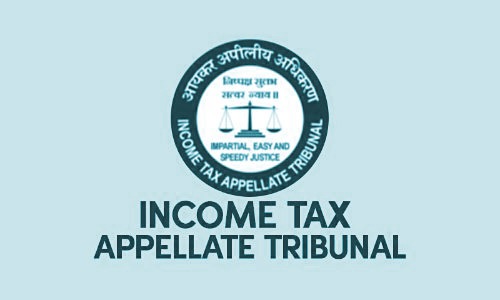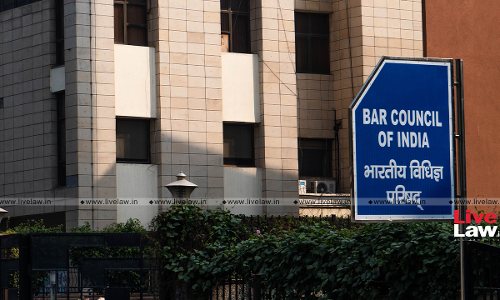In Absence Of Proper Show Cause Notice To The Assessee, There Is No Merit In Levy Of Penalty: ITAT

The Delhi Bench of the Income Tax Appellate Tribunal has held that where the initiation of penalty is one limb and the levy of penalty is another limb, then in the absence of proper show cause notice to the assessee, there is no merit in the levy of penalty.The bench of Anil Chaturvedi (Accountant Member) and Yogesh Kumar Us (Judicial Member) has relied on the decision of the Bombay High Court...
The Delhi Bench of the Income Tax Appellate Tribunal has held that where the initiation of penalty is one limb and the levy of penalty is another limb, then in the absence of proper show cause notice to the assessee, there is no merit in the levy of penalty.
The bench of Anil Chaturvedi (Accountant Member) and Yogesh Kumar Us (Judicial Member) has relied on the decision of the Bombay High Court in the case of CIT vs. Samson Perinchery and has held that where the initiation of penalty is one limb and the levy of penalty is on another limb, then in the absence of proper show cause notice to the assessee, there is no merit in the levy of penalty.
The appellant or assessee is an individual who is stated to be the proprietor of Jai Balaji Group. AO has noted that information was received from the DDIT (Inv.) Unit in Mumbai that the firms or concerns operated by Anil Kumar Jain, Mr. Praveen Kumar Jain, and their associates were providing accommodation to various beneficiaries. On analysis of the bank statement of Kritvi Enterprises Pvt. Ltd., which was operated by Anil Kumar Jain and Mr. Praveen Kumar Jain, it was noticed that the assessee was in receipt of bogus entries of Rs. 15,00,000 on different dates during the financial year 2010–11.
The AO noted that a perusal of the data of AST Systems reveals that, though the assessee had filed a return of income for A.Y. 2011–12, the bogus purchases and accommodation entries of Rs. 15,00,000/- were not disclosed while preparing taxable income. The AO was of the view that Rs. 15,00,000 had escaped the assessment. A notice was issued and served on the assessee. The AO noted that notices under Sections 142(1) and 143(2) were issued but that there was no representation from the side of the assessee. The AO noted that since there was no representation from the assessee and the assessment was getting time-barred, he passed the order dated November 28, 2018, wherein he made an addition of Rs. 15,00,000.
On the addition of Rs. 15,00,000, the AO, vide penalty order passed u/s 271(1)(c), levied the penalty of Rs. 3,13,120/-. The assessee was aggrieved by the penalty order passed by AO and carried the matter before CIT(A), which dismissed the appeal of the assessee. The assessee submitted that no charge was pointed out either in the assessment order or in the penalty order as to whether it was a case of concealment of income or furnishing of inaccurate particulars of income.
The Tribunal noted that while levying the penalty, the AO has to record satisfaction and thereafter come to a finding in respect of one of the limbs, which is specified under Section 271(1)(c) of the Act. The first step is to record satisfaction while completing the assessment as to whether the assessee had concealed the income or furnished inaccurate particulars of income. The notice under Section 274 read with Section 271(l)(c) is to be issued to the assessee. The Assessing Officer has to levy a penalty under Section 271(l)(c) for non-satisfaction with either of the limbs. While completing the assessment, the assessing officer has to come to a finding as to whether the assessee has concealed the income or furnished inaccurate particulars of income.
Case Title: Zile Singh Kashyap Versus ITO
Citation: ITA No.431/Del/2020
Date: 06.04.2023
Counsel For Appellant: None
Counsel For Respondent: Sangeeta Yadav




